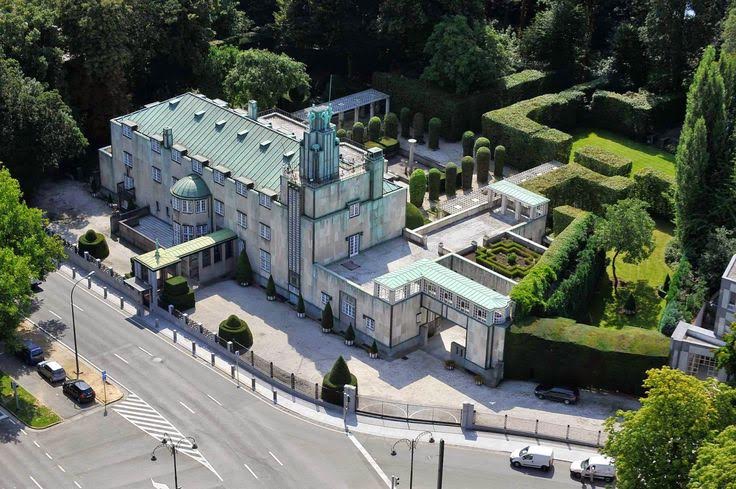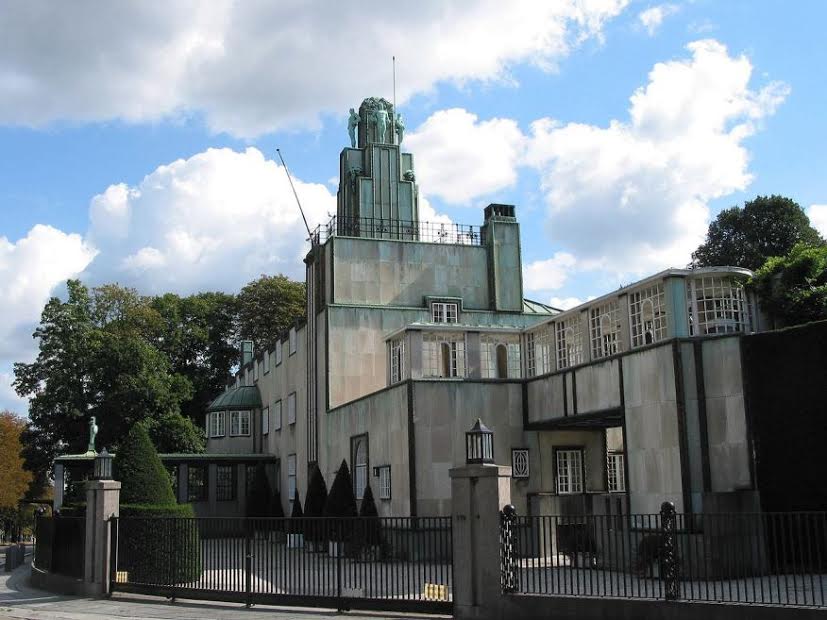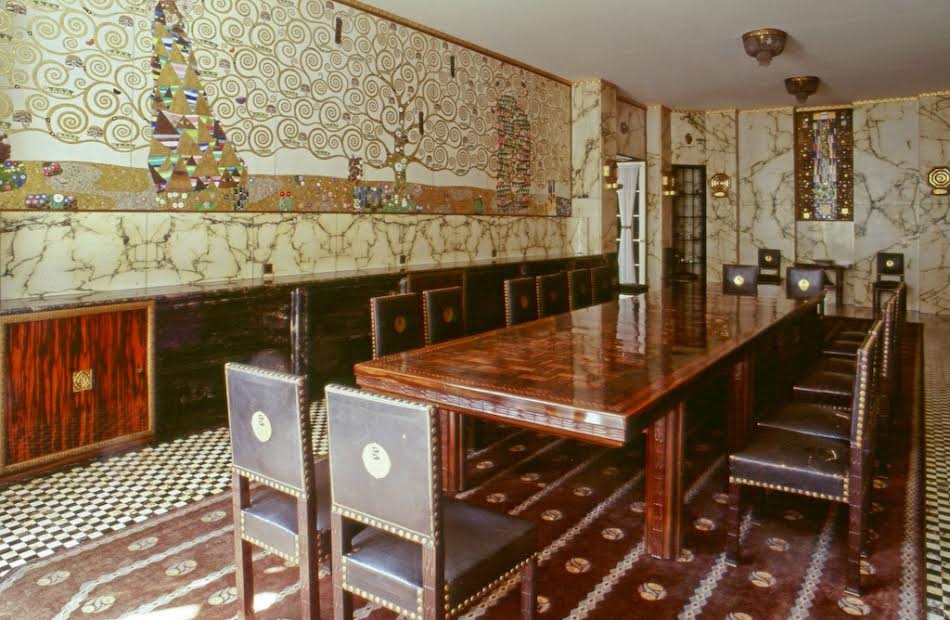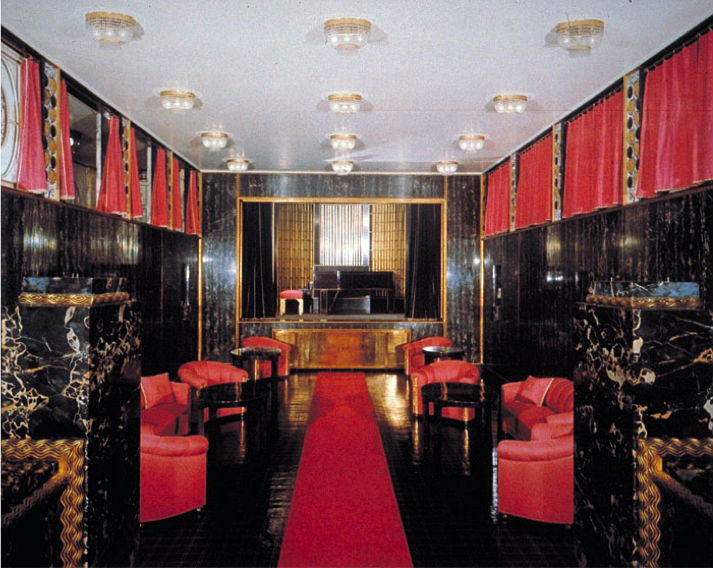Ralph Waldo Emerson once said, “Love of beauty is taste. The creation of beauty is art.” For centuries, lovers of beauty have collaborated with its creators to realize their tasteful visions. Art lover Adolphe Stoclet did just that. In 1905, the Belgian banker commissioned Vienna Secession founder Josef Hoffmann to create what would later be dubbed "Le Palais Stoclet," or "Stoclet Palace."
The Vienna Secession was a revolutionary movement for the arts at the time. Founded in 1897, the radical group of artists and designers assembled to challenge the existing conservatism of the Vienna Künstlerhaus. The founding artists, including Gustav Klimt, Franz Metzner, and Josef Hoffmann, have become some of the most celebrated artists today. Together, they were able to experiment beyond the confinements of art within academic constraints. They became notorious for creating an eclectic body of work not unified by aesthetic, but by purpose.
Stoclet House was the one of the most iconic projects commissioned for the Wiener Werkstätte (Viennese Workshops). Architect Hoffman and his league of artists were given no budget or visual controls on what they could create for Adolphe Stoclet. It was this freedom in a society of limitation that shaped something monumental.
Every detail of the private mansion has now become an ode to Art Nouveau and the Vienna Secession. Philippe Stoclet, who was born in the house and lived there for his first 15 years of life says, “Today, Stoclet House is, except for carpets, exactly as my grand parents knew it when they set foot in it in 1911: furniture, light fixtures, wall paintings, décor, silver, and all. This makes it quite exceptional as most of the Jozef Hoffmann/Wiener Werkstätte houses have been cannibalized or destroyed. Hence, Stoclet House is probably today a unique example of a complete architectural secessionist house.”
The house itself is built from precious materials from around the world. From the façade of Norwegian marble, to the South American hardwood found inside, there was no cost spared in developing this testament to creative freedom. The inside is composed of geometric shapes that lend to cohesion throughout the mansion. One of the most iconic rooms in Stoclet House is the dining room. Here, the walls are lined with 20-foot mosaic friezes by Gustav Klimt. This artwork in particular has become one of Klimt’s most internationally recognized pieces. In its entirety, Stoclet House foreshadowed and was an inspiration for the art deco movement to come.
Total and complete luxury is what lives in Stoclet House. While a continuous family feud has led us to deviate from appreciating its original artistic purpose, it is important to be reminded of what made it so grand and beautiful in the first place. It was an art which knew no bounds that made it so valuable. While there have been offers from potential buyers around the world, the mansion and artistry are simply too valuable for the family to let go. Thus, Stoclet House has been protected by UNESCO as an official World Heritage Site since June of 2009.
According to Philippe Stoclet, his grandparents Adolphe and Suzanne Stoclet were avid collectors of primitive art, which adorned the house: European pre-15th century, Chinese, pre-Columbian, Egyptian, and African. At the time of the death of Adolphe and Suzanne Stoclet, the art collection went to the heirs, but none of the Wiener Werstätte objects left the house, and there they still remain. Among the inherited collection was the Duccio work, "Madonna and Child," which was acquired in 2004 by the Metropolitan Museum of Art for $56 million. The work is a mere eight by 11 inches and was the Met’s most expensive purchase at the time.
Stoclet House still remains a place for the family to reminisce and be reminded of Adolphe and Suzanne Stoclet’s contribution to the arts.
Images courtesy of Stoclet Palace Pinterest page










